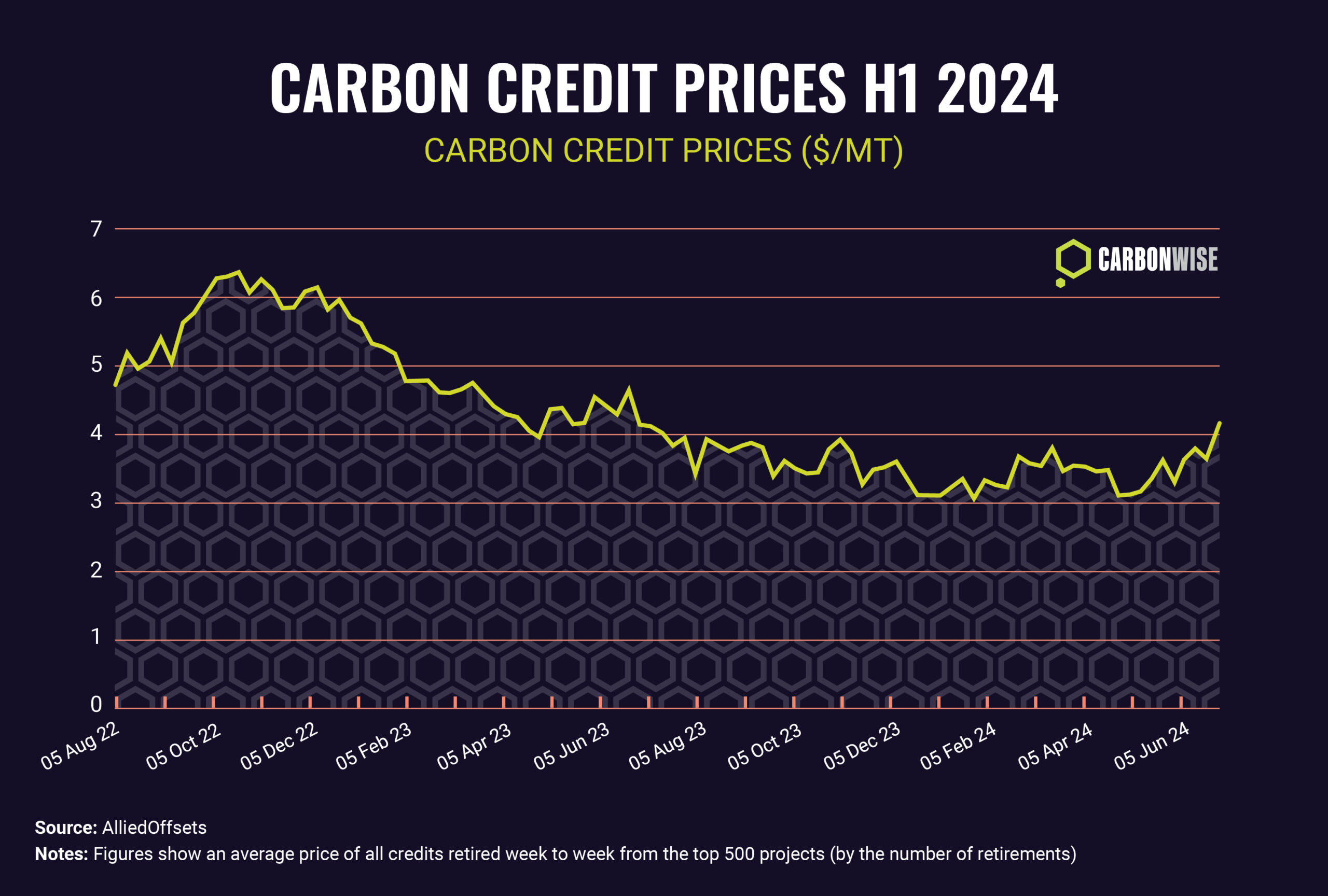What is Climate Change and Why We Must Act Now
Climate change, caused by human activities, poses an existential threat. Rapid industrial and agricultural expansion since the 1750s, has led to a surge in greenhouse gases (GHGs), driving global warming. The need for urgent action to mitigate the catastrophic consequences of global warming is now enshrined in law. It is crucial that the global community, from the individual to businesses and governments, pulls together to build a sustainable, resilient world.

Understanding greenhouse gases
Climate change has been a phenomenon since the Earth’s formation with natural events such as volcanic eruptions and changes in the solar cycle causing long-term changes in temperature and weather patterns. But it is widely held that GHGs released into the atmosphere from the burning of fossil fuels such as coal, oil, and gas constitute by far the greatest threat to the globe and humanity.
These emissions trap the heat of the sun and cause the Earth’s surface to warm up. Known as the greenhouse effect, this already has led to significant changes to the climate, including rising sea levels, extreme weather events, and damage to the Earth’s ecosystems.
Almost three-quarters of global GHG emissions emanate from the energy sector, and in particular industries such as iron and steel, and chemicals and petrochemicals, as well as from transport (especially road) and buildings. Agriculture, forestry, and land use combined account for around one-fifth of total emissions. Direct industrial uses, including cement production, account for around 5%
CO2 emissions comprise the bulk of GHG emissions, but not to be ignored are the emissions from substantially more poisonous methane gas (livestock, rice cultivation, biomass burning and waste) which total 16%, and those from nitrous oxide (agriculture and the use of nitrogen fertilisers) which stand at 6% along with fluorinated gases at 2%.
Impacts of rising temperatures
Numerous scientific studies document the impact of global warming on the Earth’s ecosystems, human health, and the economy. According to the Intergovernmental Panel on Climate Change (IPCC), a United Nations body of scientists, the Earth’s temperature has already risen by about 1.1 degrees Celsius since pre-industrial times. The international aim, as laid out in the Paris Agreement, is to limit that increase to 1.5% to avert the worst effects of climate change on humanity and the Earth’s ecosystems. To have a chance of achieving this, carbon emissions must be halved by 2030.
Increasing temperatures already are melting the polar ice caps, leading to sea levels rising at an alarming rate. According to NASA, the global mean sea level has surged by 21 to 24 centimetres in the last 140 years, and the rate is accelerating. This leaves coastal communities and islands across the globe increasingly at risk of flooding, erosion, and other hazards that can cause significant damage to homes, businesses, and infrastructure.
Other major impacts include the disruption of ecosystems and biodiversity. As temperatures rise, plants and animals are forced to adapt to new conditions or face extinction. Coral reefs supporting a vast array of marine life are dying at a startling pace due to warmer waters and ocean acidification. This loss of biodiversity can also have significant economic consequences, including reduced fisheries and agricultural productivity.
Human health and economic risks
Climate change also poses significant risks to human health, particularly in low-income countries where access to healthcare and other resources may be limited. According to the World Health Organization (WHO), climate change is expected to cause around one-quarter of a million additional deaths per year between 2030 and 2050, primarily due to malnutrition, malaria, diarrhoea, and heat stress. It will also have significant economic consequences, reducing workforce productivity and increasing healthcare costs.
A narrowing window of opportunity
“The pace and scale of climate action are insufficient to tackle climate change,” the IPCC warned starkly with the release of its AR6 Synthesis Report Climate Change 2023. Authors still saw a window of opportunity to act, but that window is shutting fast.
Limiting the global temperature rise to 1.5 degrees Celsius above pre-industrial levels is not safe, but at least is still deemed achievable. At this level it is forecast that 950 million people in the world’s drylands will suffer water stress, heat stress and desertification. Meanwhile, the share of the global population exposed to flooding will rise by almost one-quarter. Not to mention the impact of destructive weather patterns, including drought, that will bring increased risks to health from air pollution, disease, poverty and displacement.
However, “every increment of warming results in rapidly escalating hazards,” the IPCC said. A study published in 2016 by Earth System Dynamics addressed the difference in climate impacts for a 1.5% and 2% increase in global-mean temperatures. The authors concluded the additional 0.5% rise would signify “a new climate regime” and among other factors “likely to be decisive for the future of tropical coral reefs.
Climate change is a significant challenge that poses huge risks to ecosystems, human health and the economy, but for now there is still time to act. The transition to a low-carbon world is in progress, with renewable energy sources competing increasingly with fossil fuels. But more must be done, and urgently. Individuals, companies and governments must all pull together to ensure a sustainable future for our planet.





